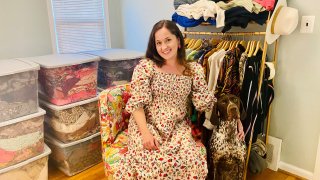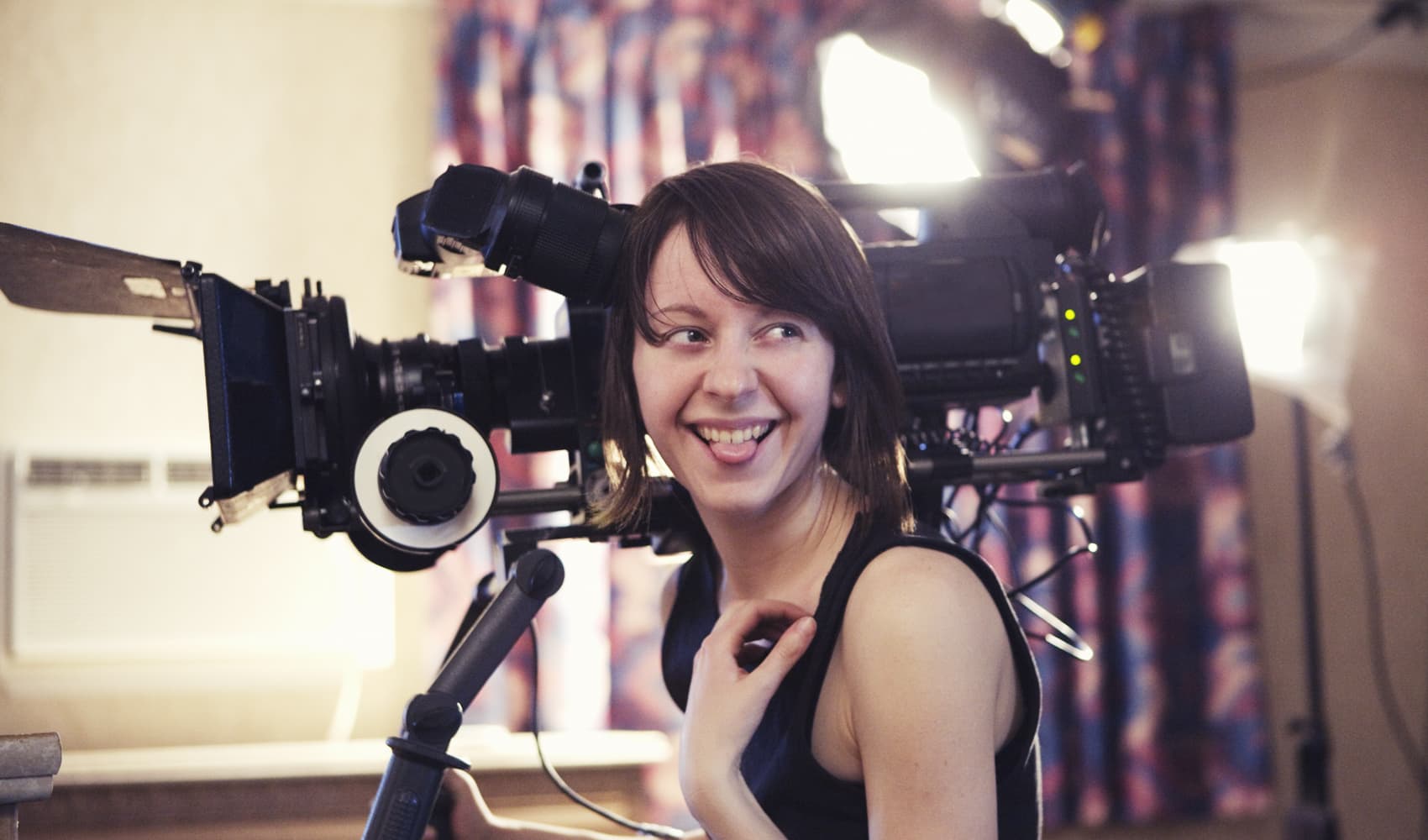
Olivia Hillier's side hustle started with a $5 T-shirt she found at a thrift store.
Hillier, a medical student at Rochester, Michigan-based Oakland University, had some experience selling a few of her own old clothing items on resale app Poshmark. She never thought much of it. But during the height of the Covid-19 pandemic in 2020, she noticed that other Poshmark sellers were profiting from "flipping" trendy thrift store finds.
Motivated by impending student loans – medical school tuition cost her approximately $220,000 over four years – she began studying their strategies and using them to create her own side hustle.
That first T-shirt sold for $20. Since then, Hillier's side hustle has brought in more than $117,000 in total revenue, including $85,000 last year alone. It currently averages $6,000 to $7,000 of profit per month, according to documents reviewed by CNBC Make It, helping her recently buy a five-bedroom house.
Get Southern California news, weather forecasts and entertainment stories to your inbox. Sign up for NBC LA newsletters.
"If I wouldn't have had this business, I wouldn't even have a savings account," Hillier, 26, tells CNBC Make It. "And I'd have to take out loans to cover my living expenses, on top of tuition."
Hillier graduates from medical school on Friday, and is immediately moving to Kansas with her husband to start a family medicine residency. She says her side hustle's income helped them cover $25,000 in closing fees and a down payment on their new home, and it'll more than cover their mortgage payments of $2,100 per month.
Of course, not everyone's closets are fodder for such a lucrative endeavor. Here's how Hillier built her side hustle:
Money Report
Tailoring her business model
Hillier's research began in August 2020, when she noticed that other Poshmark sellers were posting thousands of items that couldn't have possibly been from their own closets. She learned that many were sourcing their inventories from thrift stores and retailers like Nordstrom Rack and TJ Maxx.
She spent the next couple months testing various sellers' methods. She focused in on a style — vibrant vintage statement pieces — because those items sold the most quickly. Her store gained traction with a "young professional" audience primarily consisting of 25- to 40-year-old women, she says.
But she wasn't making a ton of money. Initially, she charged $20 to $30 per item, regardless of each item's source. After researching what similar pieces commonly sold for, both on Poshmark and at popular retailers, she adjusted. Now, her dresses – which she says are her most popular items – each sell for anywhere between $25 to $200, depending on their brand and retail value.

Hillier's side hustle didn't really hit its stride, though, until she found a routine to balance selling clothes with medical school.
On Fridays, she'd run from class to thrift stores, spending those evenings sorting and cleaning clothes. On Sundays, she'd model and take photos of her new stock. On Mondays, in between hospital rotations, she'd upload the new products onto her Poshmark closet. And every other day, she'd make runs to the post office.
"You've got to be regimented and have a routine," Hillier says. "If I didn't love it so much, I wouldn't make the time for it."
Expanding her closet
Hillier says she now spends between 20 and 40 hours per week sourcing, posting and shipping clothes. Her large inventory – now over 1,100 items – has helped keep income consistent, even on weeks when the hospital takes over her life.
The system isn't perfect. For example, Hillier notes that Poshmark keeps 20% of every purchase above $15. Depop, a competing platform, only takes 10%. And Facebook Marketplace doesn't currently charge anything at all for sellers with a Facebook Shop.
For Hillier, Poshmark's seller-friendly services make the fees worth it. When someone purchases an item on Poshmark, the platform emails a label to seller with a pre-populated shipping weight and address. All the seller must do is stick the label on the box and drop it off at the post office.
The platform also helps with buyer complaints and returns, which Hillier says she'd otherwise struggle with.
"It's hard to negotiate with people sometimes, and you can't please everyone," she says.
The platform's fees don't seem to be slowing down Hillier's progress. Her side hustle has already brought in more than $55,000 in 2022 revenue.
In her new Kansas home, Hillier and her husband — a commercial pilot with SkyWest Airlines — have already designated a "Poshmark room." Some of her side hustle's money pays the home's mortgage. The rest, she says, will go toward new furniture, travel, their two dogs and student loan payments.
"A lot of people can't get a stable job in med school because they don't have the time or flexibility," Hillier says. "It's nice to not only have time to do something I like, but afford other things ... I want to keep this business going through residency, and I hope to continue it when I'm an attending doctor."
Sign up now: Get smarter about your money and career with our weekly newsletter
Don't miss:






